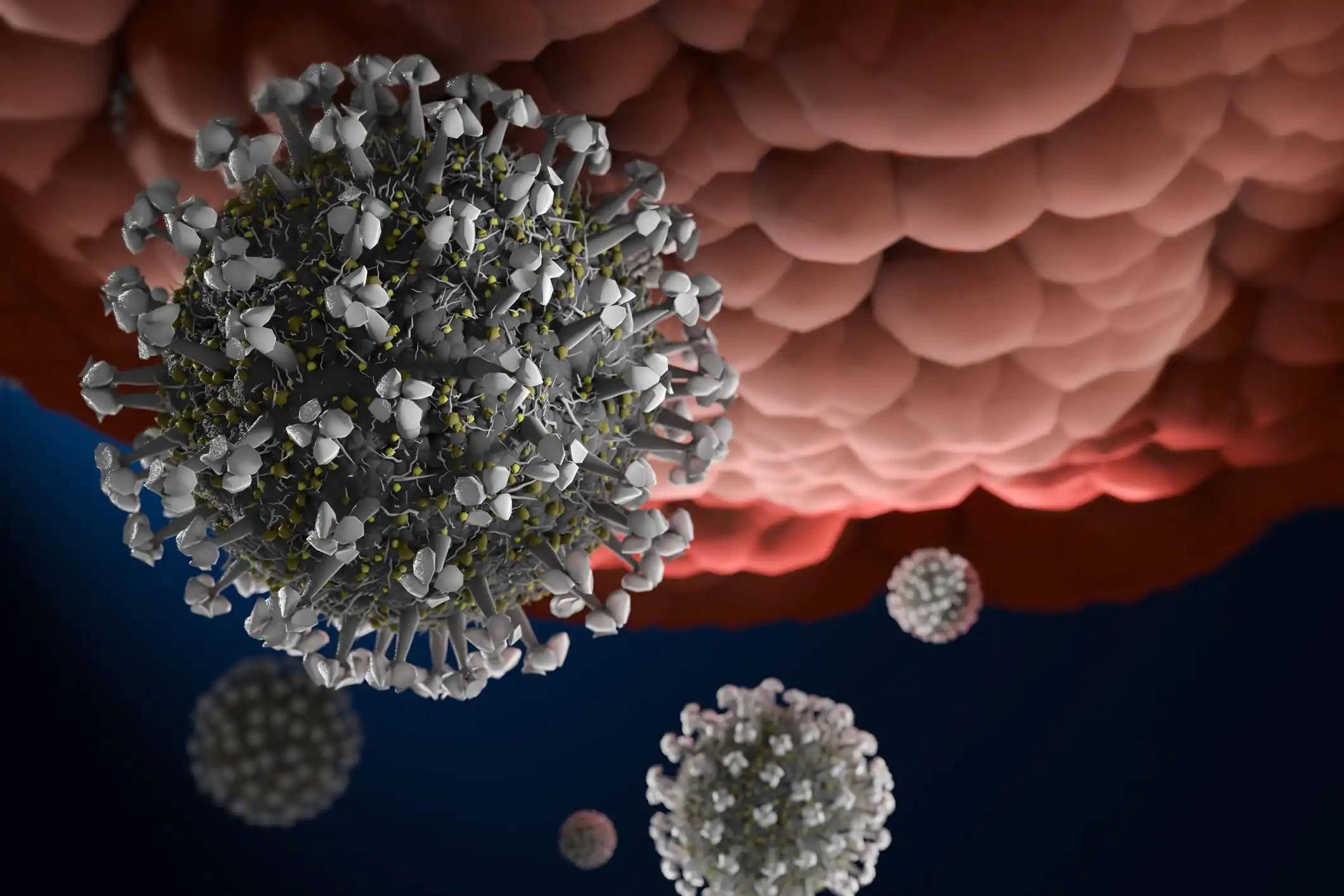KEY TAKEAWAYS
- The study aimed to investigate the impact of e-mailing suspected melanoma photos from GPs to dermatologists on consultation time.
- Researchers noticed that e-mailing photos from GPs to dermatologists did not improve the management of suspicious skin lesions; further research is ongoing.
Difficulty obtaining a dermatological consultation is an obstacle to the early diagnosis of melanoma. On the one hand, patient survival depends on the lesion thickness at the time of diagnosis. On the other hand, dermatologists treat many patients with benign lesions. Optimizing patient care pathways is a major concern.
Céline Bouton and the team aimed to assess whether the e-mail transmission of photographs of suspected melanoma lesions between general practitioners (GPs) and dermatologists reduces the time to dermatological consultation for patients whose suspicious skin lesions ultimately require resection.
They performed an inclusive analysis in a cluster-randomized controlled study involving 51 French GPs from April 2017 to August 2019. A total of 250 patients referred to a dermatologist for suspected melanoma lesions were included. GPs were randomized to either the smartphone arm or the usual care arm.
In the smartphone arm, GPs referred patients by sending 2 photographs of the suspicious lesion using their smartphone, while in the usual care arm, GPs referred patients according to their typical practice. The primary outcome measured was the time to dermatological consultation for patients whose lesions ultimately required resection.
About 57 GPs volunteered were randomized (27 to the smartphone arm and 30 to the usual care arm). A total of 125 patients were included in each arm (mean age: 49.8 years; 53% women) and followed for 8 months.
About 23 dermatologists participated in the study. The time to dermatological consultation for patients whose suspicious skin lesion required resection was 56.5 days in the smartphone arm and 63.7 days in the usual care arm (mean adjusted time reduction: -18.5 days, 95% CI [-74.1;23.5], P = .53).
The study concluded that the e-mail transmission of photographs from GPs to dermatologists did not enhance the dermatological management of patients with suspicious skin lesions necessitating resection. Further research is imperative to validate quality criteria for tele-expertise in dermatology.
The study was sponsored by the Nantes University Hospital and the French National Ministry of Health.
Source: https://pubmed.ncbi.nlm.nih.gov/38783296/
Clinical Trial: https://clinicaltrials.gov/study/NCT03137511
Bouton C, Schmeltz H, Lévèque C, et al. (2024). “Early diagnosis of melanoma: a randomized trial assessing the impact of the transmission of photographs taken with a smartphone from the general practitioner to the dermatologist on the time to dermatological consultation.” BMC Health Serv Res. 2024 May 24;24(1):660. doi: 10.1186/s12913-024-11106-9. PMID: 38783296; PMCID: PMC11118897.



